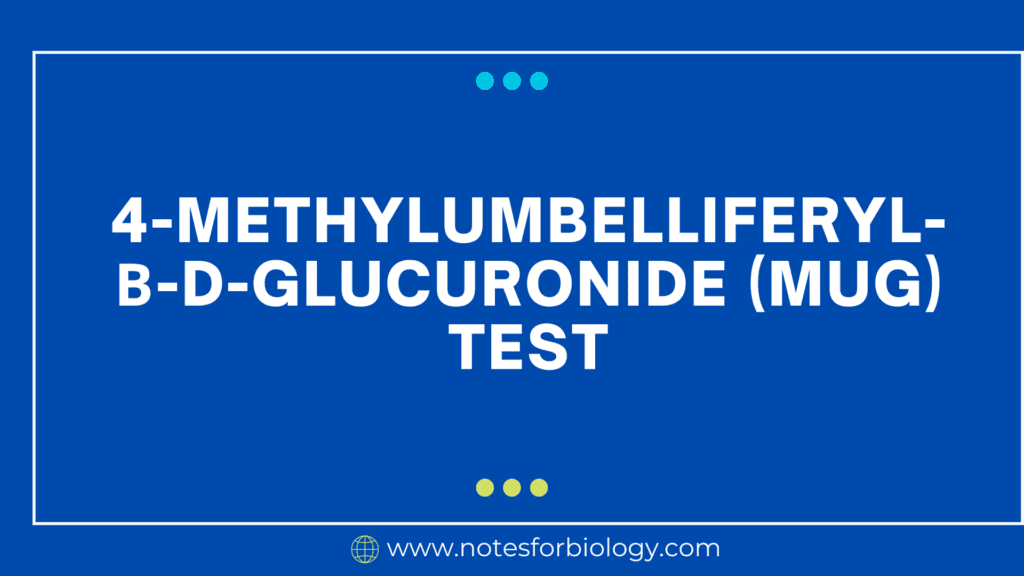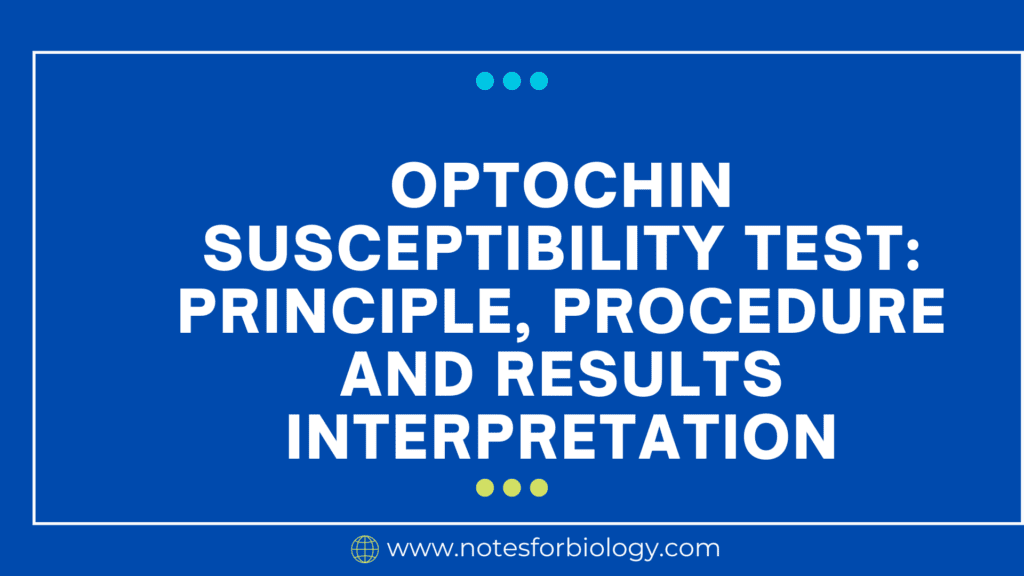Satellitism test for identification of Haemophilus influenzae
Haemophilus influenzae requires both X factor (hemin) and V factor (NAD) for growth, which are not readily available in all growth media but can be produced by certain other bacteria. Haemophilus influenzae Haemophilus influenzae is a small, pleomorphic, Gram-negative coccobacillus that is a significant human pathogen. It is part of the normal flora of the […]
Satellitism test for identification of Haemophilus influenzae Read More »










